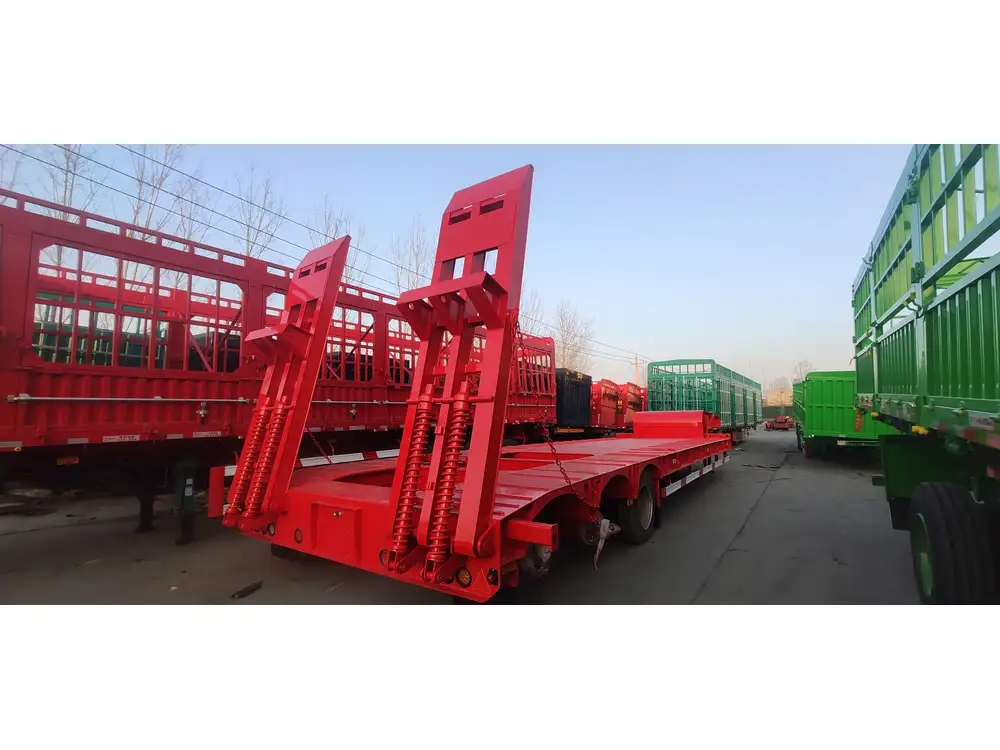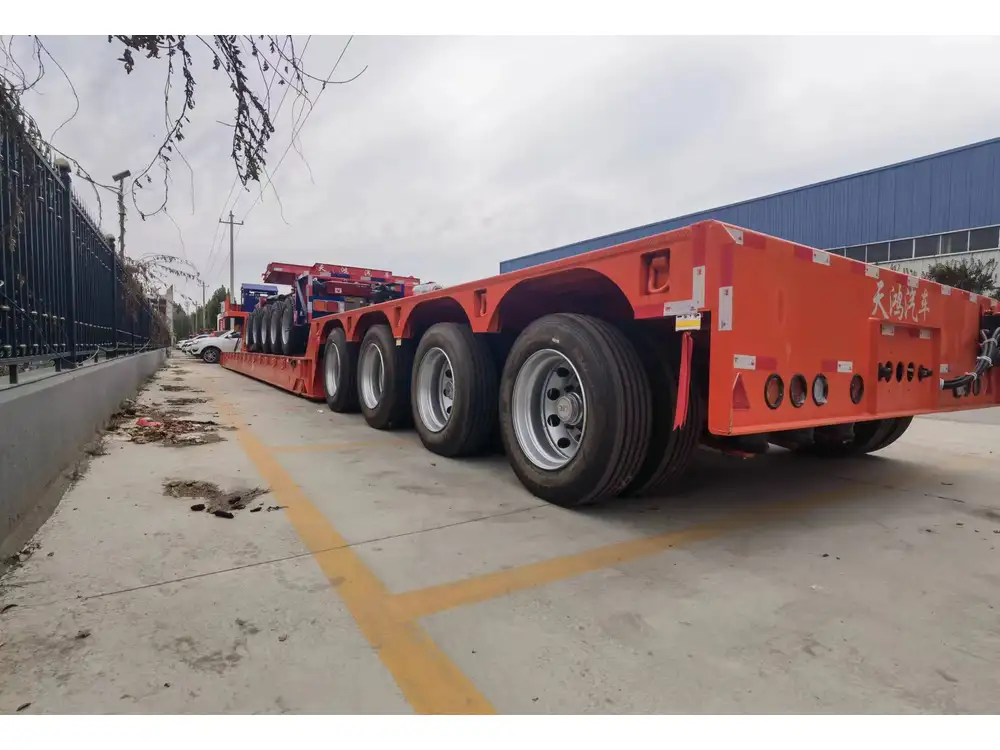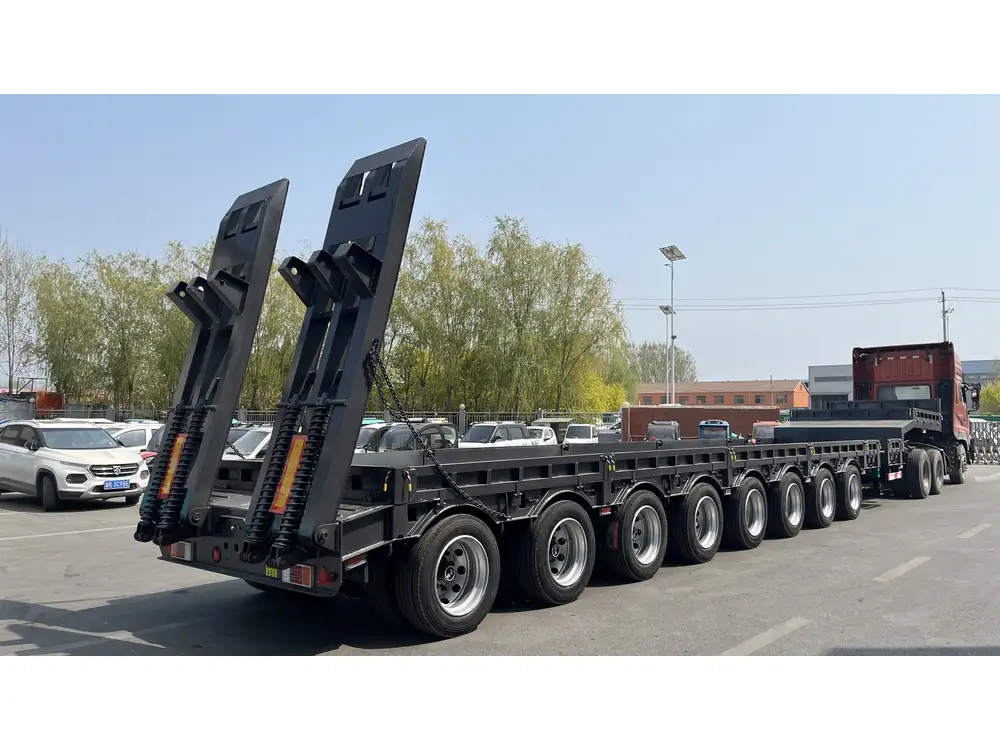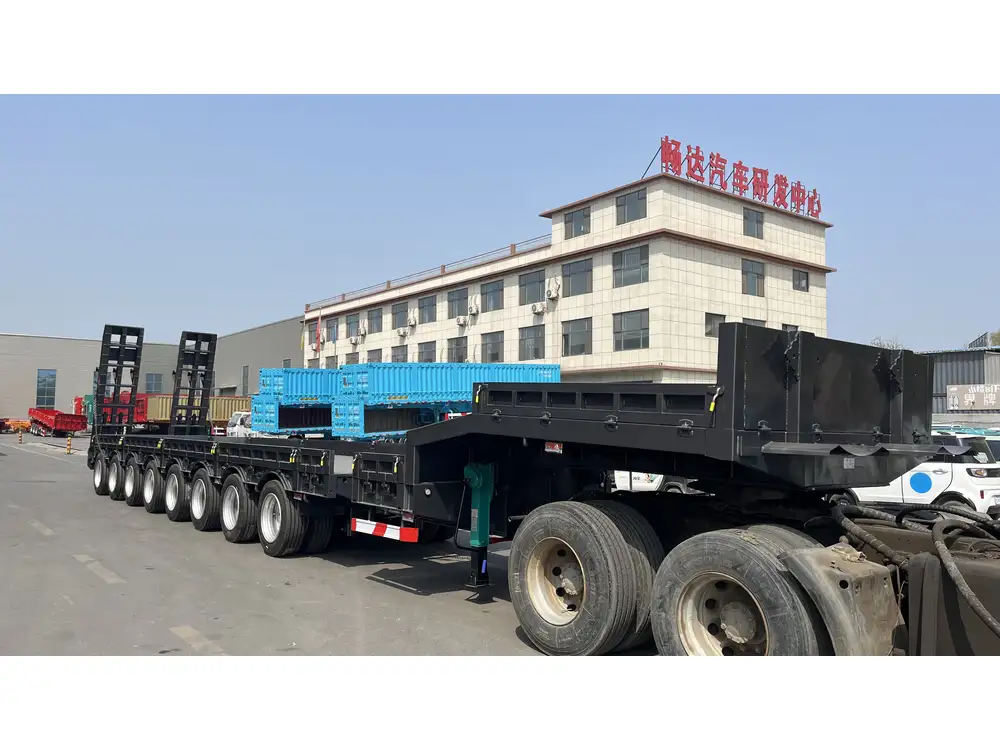Attaching a sign to the side of a semi-trailer can be a powerful means of enhancing visibility, advertising your brand, and ensuring compliance with necessary regulations. The proper methods not only elevate your marketing game but also align with safety norms, ensuring your signage remains secure during transit. This guide dives deep into effective strategies, materials needed, and the various techniques for sign attachment.
Understanding the Importance of Signage on Semi-Trailers
Before delving into the technicalities, it’s essential to recognize the potential impact of well-placed signage:
- Brand Visibility: Signage transforms every road journey into a marketing opportunity, reaching countless potential customers.
- Regulatory Compliance: Many jurisdictions require certain signs to be displayed, especially if hazardous materials are transported.
- Professionalism: Well-executed signage elevates your company’s image, projecting a sense of readiness and reliability.
Materials Needed for Attaching Signs
When planning to attach a sign, certain materials are essential to ensure longevity and durability. Here’s a detailed list of what you might need:
| Material | Description |
|---|---|
| Sign Material | Choose between vinyl banners, aluminum composites, or magnetic signs, depending on longevity and usage. |
| Mounting Hardware | Utilize bolts, screws, brackets, or durable adhesives, ensuring they are rust-resistant for long-lasting use. |
| Installation Tools | Drills, wrenches, level tools, measuring tape, and safety gear are integral for a successful installation. |
| Protective Coating | Consider UV sealants or protective films to enhance the sign’s durability against sun damage and weather. |

Step-by-Step Process to Attach a Sign
Step 1: Choose the Right Location
Selecting the optimal location on your semi-trailer is critical. Signs should be placed with visibility in mind:
- Height: Position your sign at eye level for maximum visibility.
- Orientation: Ensure the sign is perpendicular to the line of sight for passing vehicles.
- Consider Cleanliness: The area should be free from dirt, debris, or damage that could impede adhesion.
Step 2: Measuring and Marking
Before committing to any installation, precise measurements are vital:
- Measure the Area: Use a measuring tape to confirm the dimensions of the space where the sign will be mounted.
- Mark the Placement: Use a chalk line or markers to outline where the sign will be placed. Ensure it is centered and level.

Step 3: Preparing the Surface
The trailer’s side surface must be clean and prepared:
- Clean the Area: Use a degreaser or soapy water to remove any contaminants. Ensure the area is dry before proceeding.
- Roughen the Surface: For adhesive signs, consider lightly sanding the area for better adhesion.
Step 4: Attaching the Sign
Option 1: Vinyl or Fabric Signs
For those utilizing vinyl or fabric signs:
Adhesive Method:
- Peel the backing and carefully align the sign with the marked area.
- Smooth the sign to eliminate air bubbles, starting from the center and moving outwards.
Screw Method:
- Pre-drill holes into the sign and the trailer.
- Insert screws and washers to secure firmly.

Option 2: Rigid Signs (Aluminum or Composites)
For rigid signs, follow these methods:
Bracket Installation:
- Attach brackets to the trailer first using bolts or screws.
- Align the sign within the brackets before tightening.
Direct Bolting Method:
- Pre-drill holes in the sign and corresponding marks on the trailer.
- Use bolts and washers to fasten securely.
Safety Tips
- Ensure Stability: Signs should be secured tightly to prevent flapping or movement while the trailer is in transit.
- Check Regulations: Be aware of local regulations regarding the size, placement, and content of signs on commercial vehicles.
Maintenance and Care
After installation, regular maintenance ensures that your signage remains effective:
- Regular Inspections: Periodically check the sign for damage or loosening.
- Clean the Surface: Use non-abrasive cleaners to maintain visibility without damaging the sign.
- Seasonal Checks: Conduct detailed checks before and after seasons known for extreme weather for signs of wear and tear.

Troubleshooting Common Issues
Encountering problems is not uncommon. Below are some potential issues with solutions:
| Issue | Solution |
|---|---|
| Sign Peeling | Reapply adhesive or consider replacing with a stronger adhesive option. |
| Fading | Consider UV-resistant vinyl or CRC coatings to enhance longevity. |
| Damage from Wind | Use heavier duty materials or ensure that all edges are securely fastened. |
Conclusion
In the world of logistics and transportation, a well-attached sign on a semi-trailer serves both functional and promotional purposes. By following this guide, we equip ourselves with the tools and knowledge necessary to ensure our signage not only attracts but retains the interest of potential customers. With the right materials and techniques, your trailer can transform into a mobile billboard, significantly enhancing brand awareness.
Investing time in a quality installation, routine maintenance, and proper attention to regulations will guarantee that your signage needs are consistently met, reflecting positively on your operations and brand integrity. Embrace this opportunity to amplify your presence on the road – the journey towards better brand visibility begins with effective trailer signage.
Additional Considerations
While the primary focus is on physical attachment, also consider leveraging digital platforms for increased outreach. Create a cohesive brand presence by extending your message via social media, and ensure your website mirrors what your trailer advertises. Integrating these strategies can create a powerful synergy between your mobile advertising efforts and your overall marketing approach.
Remember, the goal is not only to attach a sign but to ensure that it works effectively as a part of your brand identity, drives inquiries, and enhances customer conversion. By maintaining best practices in installation and upkeep, you position your semi-trailer signage for success in today’s competitive market.



